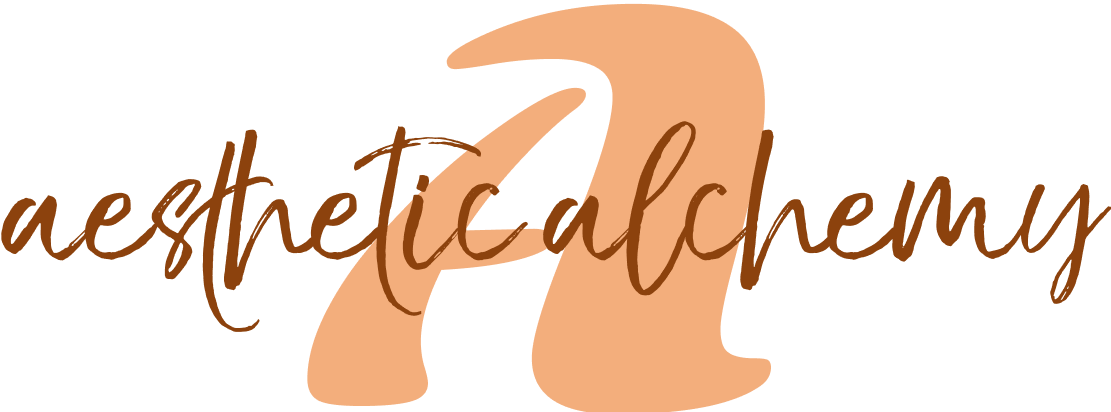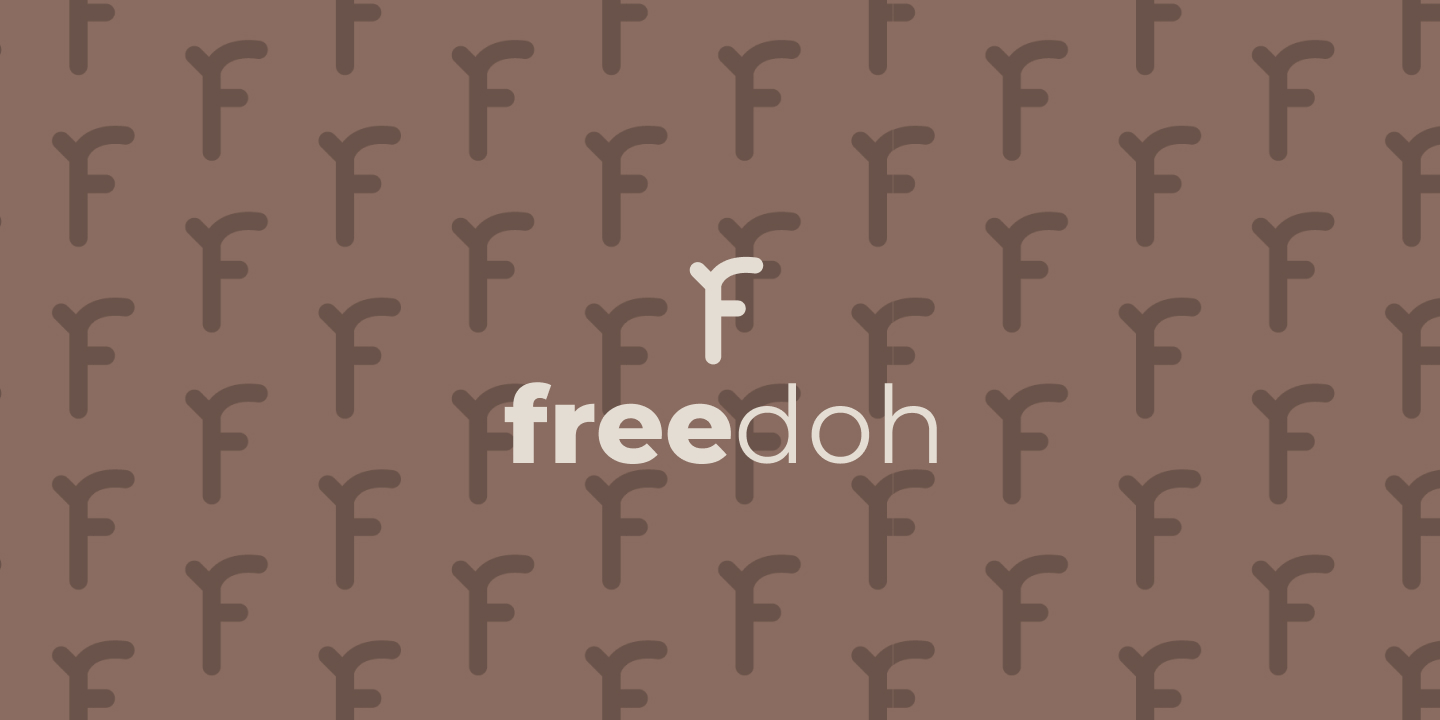

Jul 22, 2023
If you’re in business, you know how important a strong, consistent brand is. It's like the secret sauce that makes your company stand out and keeps customers coming back. But let's be honest, maintaining that consistency across all the different places your brand shows up can feel a bit like herding cats. This is where a handy tool called a brand board can really make your life easier.

You might be wondering, "What is a brand board?" It's actually a simple concept with powerful results. Imagine a snapshot of your brand's look and feel, all in one place. Your logo, your colors, the fonts you use, the style of images you like - a brand board captures it all. But it's more than just a pretty collage. It's a practical guide that helps keep your branding on point, no matter where it appears.
In this blog post, we're going to dive into brand boards. We'll explore what they are, why they're important, and even guide you on how to build a brand board from scratch. If you've ever wanted a way to make sure your branding stays consistent, you're going to love this. So, let's get started!
A brand board, in its simplest form, is a visual representation of what your brand stands and feels like. Think of it as your brand's identity card. It shows off everything that makes your brand unique, all at a glance. But why do we need one, you ask?
Here's the thing, whenever you're creating something for your brand, whether it's a social media post, a flyer, or even your website, you want everything to have a consistent look and feel. That's where your brand board becomes your best buddy. It helps ensure that your brand stays true to its character, no matter what. It’s your go-to reference guide whenever you're in doubt about color choices, typography, or other visual elements.
So, what goes into a brand board? Here's the magic formula:
Having these key elements at your fingertips helps you maintain consistency and makes your design process smoother. It's a lot like cooking from a recipe - when you have all the ingredients ready, you're set to whip up something delicious every time!
So far, we've covered what a brand board is and its essential elements. But why exactly is a brand board such a big deal? Let's explore some key reasons why:
Consistency is the secret ingredient that makes your brand memorable. Think about some of your favorite brands. I bet you can visualize their logos, their colors, and even the style of their ads. That's the power of consistent branding. It creates a strong brand image in the minds of your audience. A brand board serves as your brand's visual guide, making sure every piece of content you put out, whether it's a blog post or an Instagram story, aligns perfectly with your brand's look and feel.
Ever spent hours mulling over which color to use for a social media post or the font for your new brochure? With a brand board, those days are behind you. Having a clear visual guide takes the guesswork out of design decisions. It speeds up your creative process, helping you to deliver high-quality, on-brand content faster. So, if you want to save time and keep your designs consistent, a brand board is a non-negotiable tool in your branding toolkit.
If you're working with a team or outsourcing your design work, communicating your brand's visual style can be tricky. "I want it to look modern, but not too modern, you know?" doesn't quite cut it. But with a brand board, you can show them exactly what you mean. It becomes a universal language that everyone can understand, eliminating misunderstandings and ensuring that everyone is on the same page, visually speaking.
In a nutshell, a brand board is like your brand's visual GPS. It ensures that no matter where your brand shows up, it's always on point. It makes your design process faster and smoother, and it creates a clear and shared understanding of your brand's visual style. So, if you've been wondering, "how to build a brand board?" and "why do I need a brand board?" I hope this gives you a clearer picture. But we're not done yet. Stay with me as we dive into the exciting process of creating your very own brand board in the next section!
Creating a brand board might seem intimidating, but don't worry, it's not as complex as it sounds. We'll go step-by-step, and by the end of this, you'll know exactly how to make a brand board that perfectly encapsulates your brand's unique identity. So, grab your favorite cup of coffee, and let's get started.
Your logo is the starting point of your brand board. It's the anchor, the symbol that defines your brand. Place it right at the top of your brand board. If you have variations of your logo, like a horizontal version, a vertical version, or a logo mark, include them all. This way, you'll always have an overview of how your logo can adapt to different design needs.
Colors set the mood for your brand. They have the power to evoke emotions, making people feel a certain way about your brand even before they know what you do. When choosing your brand colors, think about what you want people to feel when they interact with your brand. Bold and energetic? Maybe go with bright, vibrant colors. Calm and trusted? Cooler, muted tones might be your best bet. Include these colors in your brand board, ideally with their color codes (HEX, RGB, CMYK, or Pantone), so you always have the exact shades at hand.
Fonts, much like colors, have personalities too. The fonts you choose should reflect the character of your brand. A quirky, hand-written font might work for a creative, fun brand, while a sleek, sans-serif font might be ideal for a modern, tech brand. Typically, you'd want to choose two to three fonts - a primary font for your headings, a secondary font for sub-headings and body text, and perhaps a third for any special callouts or quotes.
Next up, we have imagery. This could be the style of photos you use, the type of illustrations, or the kind of icons and other graphics you incorporate in your designs. They should all be consistent with your brand's visual style. For example, if you're a travel brand, your images might be bright, adventurous, and filled with natural landscapes. On your brand board, you can represent this with a few sample images that capture your brand's visual style.
Patterns and textures add depth and personality to your designs. They could be a subtle grunge texture in the background or a bold geometric pattern that you use across your designs. You could also have specific patterns or textures that go with certain types of content. Make sure to include them on your brand board.
Finally, we have the brand essence. This is a few words or a short statement that captures the heart and soul of your brand. It could be something like "bold, fun, innovative" or "trusted, reliable, professional." Including this in your brand board helps remind you and anyone else working on your brand of what your brand stands for.
That's it! You now know how to build a brand board. But remember, a brand board is not a rigid set of rules. It's a guide, a tool to help you keep your brand consistent while leaving enough room for creativity and flexibility.
A brand board is an excellent tool for maintaining brand consistency, but it can only be effective if used correctly. Here's how to make the most out of your brand board.
Consider your brand board as a visual reference guide. Every time you create a new piece of content, whether it's a social media post, a webpage, a blog post, or a product packaging design, refer back to your brand board. It helps ensure that whatever you create is cohesive with your brand style, creating that vital consistent look and feel across all your brand's touchpoints.
Your brand board is not just for your website or social media; it's for every platform where your brand is present. Be it digital platforms like email newsletters, blogs, social media channels, or physical mediums like packaging, business cards, or even your office's interior design, your brand board helps you maintain brand consistency everywhere.
Remember, consistency builds recognition. The more consistent your brand looks across different platforms, the easier it will be for your audience to recognize and remember your brand. And that's a huge win in today's saturated marketplace.
Your brand board is not set in stone. As your brand grows and evolves, your brand board should too. Maybe you've introduced a new product line and have a new set of images to include, or perhaps you've updated your brand colors. Whenever you make a significant change to your brand style, make sure to update your brand board accordingly.
However, don't change your brand board too frequently. Consistency is key in branding. Update your brand board when necessary, but try to maintain a level of consistency that allows your audience to become familiar with and easily recognize your brand.
We've journeyed together through the importance, definition, and creation of a brand board, and hopefully, you now have a clear understanding of why a brand board is so crucial for your brand.
A brand board serves as a compass for your brand's visual journey. It's a consolidation of all essential elements that define your brand aesthetics, ensuring you stay true to your brand's identity, no matter which platform or medium you're designing for.
We've also learned the process of how to build a brand board from scratch. Starting with your logo, defining your color palette, choosing your typography, selecting imagery, incorporating patterns and textures, and finally, including your brand essence – each step is crucial to creating a brand board that truly represents your brand.
I encourage you to take the time and create your brand board, if you haven't already. Whether you're an established brand or just starting, a brand board can be a game-changer, guiding your design decisions and helping maintain brand consistency.
Remember, a strong brand is a consistent brand, and a consistent brand is one that people recognize, remember, and trust. So why wait? Start building your brand board today and embark on the path of consistent, memorable branding!